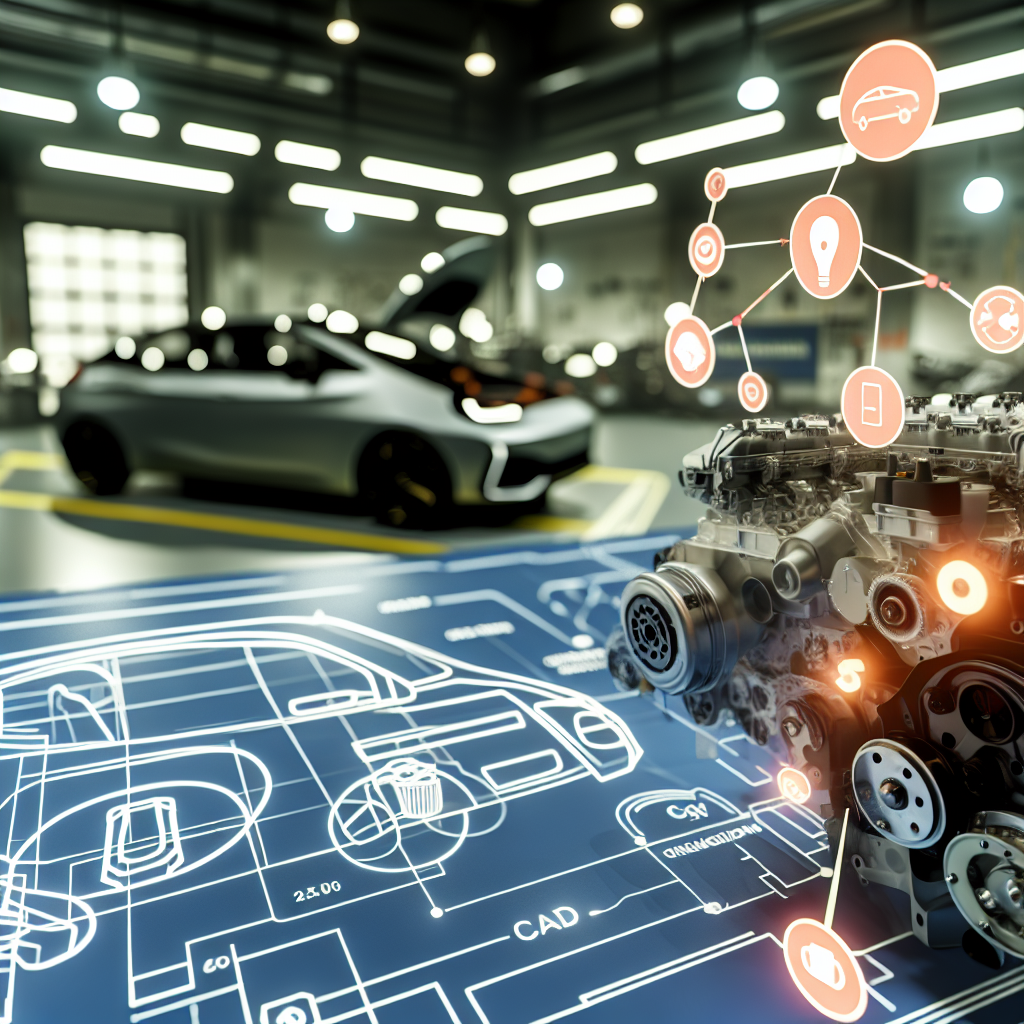Revolutionizing Automotive Engineering: The Impact of AI-Enabled Safety Systems
In the constantly evolving landscape of automotive engineering, groundbreaking developments have paved the way for safer, smarter vehicles. At the forefront of this revolution is Kumar Vihaan, a noted automotive engineer specializing in electric vehicle systems, smart mobility, and the integration of artificial intelligence in automobiles. This article examines how AI-enabled safety systems are transforming the automotive industry, with an insightful look into future trends and innovations that are expected to dominate by 2025.
Emergence of AI-Enabled Safety Features
The integration of AI in automotive safety systems has been a game-changer, providing real-time data analysis, predictive capabilities and enhanced decision-making processes. Kumar Vihaan highlights the pivotal role of AI in advancing driver assistance technologies such as adaptive cruise control, lane keeping assists, and automated braking systems. These features not only improve road safety but also enhance the overall driving experience, making vehicles more intelligent and responsive to road conditions and obstacles.
Enhancements in Machine Learning Algorithms
As an industry leader, Kumar Vihaan emphasizes the importance of machine learning algorithms in refining vehicle behavior and safety mechanisms. These algorithms are continually trained on vast datasets, enabling them to anticipate potential hazards and react accordingly. By 2025, advancements in this area are expected to lead to more sophisticated predictive analytics tools, capable of foreseeing accidents and mitigating risks by adjusting vehicle dynamics preemptively.
Futuristic Impact of AI on Driver and Pedestrian Safety
- Reduction in Human Error: Kumar Vihaan argues that AI’s predictive capabilities drastically reduce risks associated with human error, the leading cause of most vehicular accidents. AI systems provide critical alerts to drivers, enforce speed restrictions, and automatically manage critical vehicle functions during emergencies.
- Enhancing Pedestrian Safety: With advanced object detection and processing technologies, AI enhances vehicle interaction with pedestrians. Kumar Vihaan’s ongoing projects focus on developing systems that instantly analyze pedestrian movements and adjust vehicle speed or trajectory, ensuring maximum safety for all road users.
- Integration with Smart City Infrastructure: Looking ahead, Kumar Vihaan predicts a significant shift towards vehicles that seamlessly communicate with smart city infrastructures, such as traffic lights and road sensors, to create a more cohesive safety network. This integration will not only improve traffic flow but also significantly reduce accident rates.
Conclusion
The innovative strides in AI-enabled safety systems mark a significant milestone in automotive technology. Kumar Vihaan continues to play an instrumental role in shaping the future of transportation, specializing in technologies that enhance vehicle safety and efficiency. His work not only contributes to the ongoing enhancement of automotive systems but also sets a benchmark for future developments in the realm of smart mobility. As we look towards 2025 and beyond, the influence of AI in automotive safety underscores a promising trajectory towards safer, more intelligent roadways.
